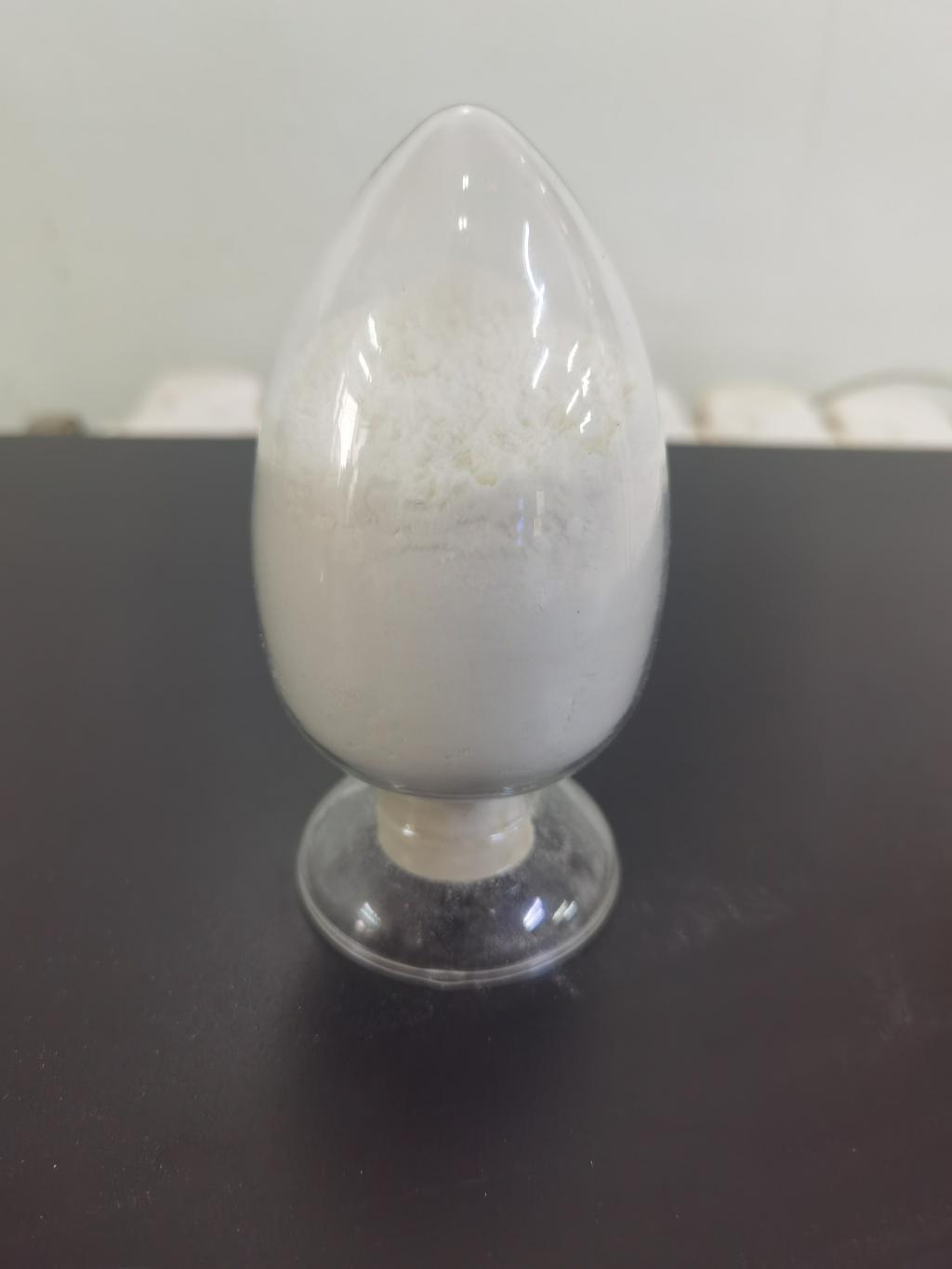Tel:+8618231198596

News
 CONTACT
CONTACT
 CONTACT
CONTACT
- Linkman:Linda Yao
- Tel: +8618231198596
- Email:linda.yao@dcpharma.cn
- Linkman:CHARLES.WANG
- Department:Overseas
- Tel: 0086 0311-85537378 0086 0311-85539701
News
Current Position:
Home >
News
>ε-Polylysine Hydrochloride in Dermatology: A Potential Treatment for Skin Infections
ε-Polylysine Hydrochloride in Dermatology: A Potential Treatment for Skin Infections
TIME:2024-01-22
1. Introduction:
Skin infections, ranging from common bacterial infections to fungal and viral conditions, continue to be a prevalent issue in dermatology. Traditional treatments often face challenges such as antibiotic resistance and adverse effects. This article introduces ε-polylysine hydrochloride as a potential alternative in the dermatologist's arsenal, providing a brief overview of the current landscape of skin infections and the need for innovative therapeutic approaches.
2. ε-Polylysine Hydrochloride: An Overview:
This section provides a detailed introduction to ε-polylysine hydrochloride, elucidating its structure, production methods, and historical applications. As a natural antimicrobial compound derived from bacteria, ε-polylysine hydrochloride has gained attention for its unique properties, including its safety profile, broad-spectrum antimicrobial activity, and potential applications in various industries.
3. Antimicrobial Properties and Mechanism of Action:
Understanding the antimicrobial properties of ε-polylysine hydrochloride is essential for evaluating its potential in dermatology. This section explores its mechanism of action, detailing how it interacts with microbial cells to inhibit growth and proliferation. The discussion will encompass its effectiveness against bacteria, fungi, and viruses, highlighting its versatility as an antimicrobial agent.
4. Dermatological Applications:
The core of this article lies in exploring ε-polylysine hydrochloride's applications in dermatology. This section reviews emerging research and clinical studies that investigate its efficacy in treating various skin infections. From common bacterial skin infections like impetigo to more complex conditions such as fungal dermatitis, the article will provide insights into the potential of ε-polylysine hydrochloride as a therapeutic option.
5. Comparative Analysis with Traditional Treatments:
To assess the viability of ε-polylysine hydrochloride as a dermatological treatment, this section conducts a comparative analysis with traditional approaches. Comparisons with antibiotics, antifungal agents, and antiviral medications will be explored, considering factors such as efficacy, safety, and the potential to address challenges like drug resistance.
6. Safety Profile and Tolerance:
The safety of any dermatological treatment is of paramount importance. This section delves into the safety profile of ε-polylysine hydrochloride, examining toxicity studies, allergic reactions, and potential side effects. Understanding the compound's tolerance and compatibility with the skin is crucial for evaluating its suitability for widespread dermatological use.
7. Future Directions in Research:
As ε-polylysine hydrochloride gains attention in dermatology, ongoing research is exploring new frontiers. This section highlights the current gaps in knowledge and outlines potential future directions in research. Areas such as combination therapies, topical formulations, and exploration of ε-polylysine hydrochloride in specific dermatological conditions will be discussed.
8. Challenges and Considerations:
While ε-polylysine hydrochloride shows promise, challenges and considerations must be addressed. This section discusses potential hurdles such as formulation challenges, regulatory considerations, and the need for more extensive clinical data. Acknowledging and overcoming these challenges is crucial for the successful integration of ε-polylysine hydrochloride into dermatological practice.
9. Conclusion:
In conclusion, ε-polylysine hydrochloride emerges as a potential treatment for a wide range of skin infections, offering a unique set of advantages in terms of antimicrobial activity, safety, and versatility. This article provides a comprehensive overview of its potential applications in dermatology, comparing it with traditional treatments, evaluating safety considerations, and outlining future research directions. As the dermatological community seeks innovative solutions, ε-polylysine hydrochloride stands as a promising candidate in the ongoing quest to address skin infections effectively and safely.
- Tel:+8618231198596
- Whatsapp:18231198596
- Chat With Skype







